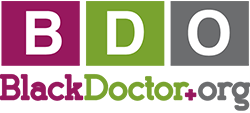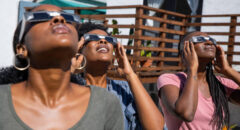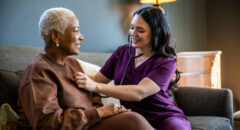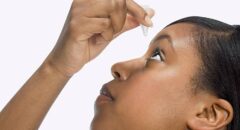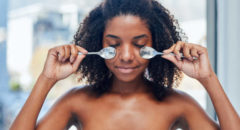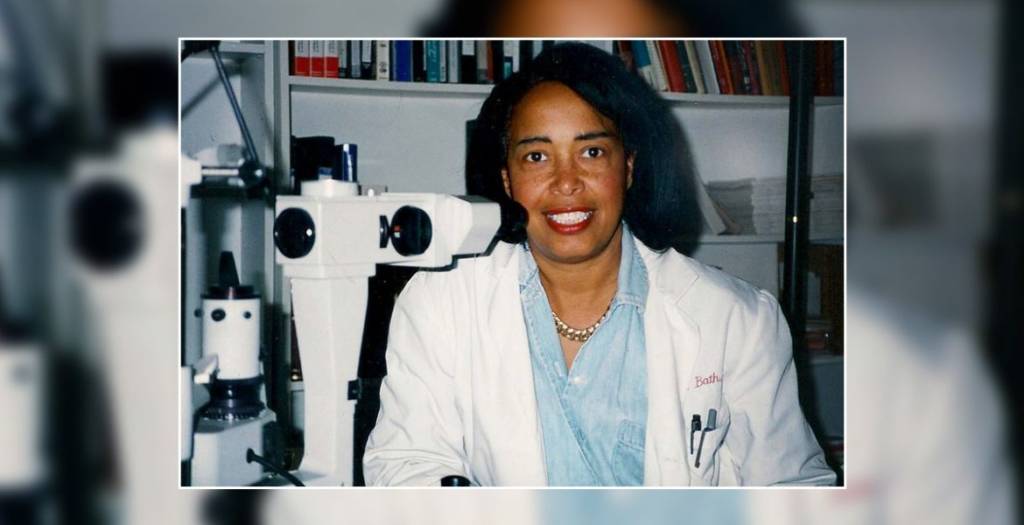 Dr. Patricia Era Bath has vision. Not the just the kind of vision that you use to see or a vision for her own life. Dr. Bath had and has a vision that “sight is a basic human right.” And she lived her life pushing that vision to the limit as an ophthalmologist, inventor, surgeon and educator. Her combined efforts have saved the vision of literally millions.
Dr. Patricia Era Bath has vision. Not the just the kind of vision that you use to see or a vision for her own life. Dr. Bath had and has a vision that “sight is a basic human right.” And she lived her life pushing that vision to the limit as an ophthalmologist, inventor, surgeon and educator. Her combined efforts have saved the vision of literally millions.
Now, in 2021, the National Inventors Hall of Fame will induct her, a Black woman, for the first time in the organization’s nearly 50-year history!
The late Dr. Bath will also join engineer Marian Croak (the only other Black woman inducted), and the Hall of Fame’s upcoming inductee class for her creation of the Laserphaco Probe — a device and technique used to remove cataracts. She is the first Black woman physician to ever receive a medical patent, and secured five total patents, according to the National Inventors Hall of Fame.
“I was not seeking to be the first, I was only attempting to do my thing,” Bath told TIME Magazine in 2017 about her invention. “It’s only when history looks back that you realize you were the first.”
Born in 1942 in Harlem, New York, to Rupert Bath, the first black motorman for the New York City subway system, and Gladys Bath, a housewife and domestic worker who used her salary to save money for her children’s education, Bath was encouraged by her family to pursue excellence in her studies.
As a result, Bath worked hard on her intellectual pursuits and, at the age of 16, became one of only a few students to attend a cancer research workshop sponsored by the National Science Foundation. The program head, Dr. Robert Bernard, was so impressed with Bath’s discoveries during the project that he incorporated her findings in a scientific paper he presented at a conference.
After graduating from high school in only two years, Bath headed to Hunter College, where she earned a bachelor’s degree in 1964. She then attended Howard University to pursue a medical degree. Bath graduated with honors from Howard in 1968, and accepted an internship at Harlem Hospital shortly afterward. The following year, she also began pursuing a fellowship in ophthalmology at Columbia University.
As a young intern shuttling between Harlem Hospital and Columbia University, Bath was quick to observe that at the eye clinic in Harlem half the patients were blind or visually impaired. At the eye clinic at Columbia, by contrast, there were very few obviously blind patients. She discovered that African Americans were twice as likely to suffer from blindness than other patients to which she attended, and eight times more likely to develop glaucoma. This observation led her to conduct a retrospective epidemiological study, which documented that blindness among blacks was double that among whites. She reached the conclusion that the high prevalence of blindness among blacks was due to lack of access of ophthalmic care. As a result, she proposed a new discipline, known as community ophthalmology, which is now operates worldwide.
Community ophthalmology combines aspects of public health, community medicine, and clinical ophthalmology to offer primary care to underserved populations. Volunteers trained as eye workers visit senior centers and daycare programs to test vision and screen for cataracts, glaucoma, and other threatening eye conditions. This outreach has saved the sight of thousands whose problems would otherwise have gone undiagnosed and untreated. By identifying children who need eyeglasses, the volunteers give these children a better chance for success in school.
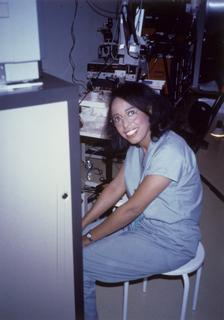
Bath was also instrumental in bringing ophthalmic surgical services to Harlem Hospital’s Eye Clinic, which did not perform eye surgery in 1968. She persuaded her professors at Columbia to operate on blind patients for free, and she volunteered as an assistant surgeon. The first major eye operation at Harlem Hospital was performed in 1970 as a result of her efforts.
In 1973, Patricia Bath became the first African American to complete a residency in ophthalmology. She moved to California the following year to work as an assistant professor of surgery at both Charles R. Drew University and the University of California, Los Angeles. In 1975, she became the first female faculty member in the Department of Ophthalmology at UCLA’s Jules Stein Eye Institute.
In 1974 Bath joined the faculty of UCLA and Charles R. Drew University as an assistant professor of surgery (Drew) and ophthalmology (UCLA). The following year she became the first woman faculty member in the Department of Ophthalmology at UCLA’s Jules Stein Eye Institute. As she notes, when she became the first woman faculty in the department, she was offered an office “in the basement next to the lab animals.” She refused the location. “I didn’t say it was racist or sexist. I said it was inappropriate and succeeded in getting acceptable office space. I decided I was just going to do my work.” By 1983 she was chair of the ophthalmology residency training program at Drew-UCLA, the first woman in the USA to hold such a position.
In 1976, Bath co-founded the American Institute for the Prevention of Blindness, which established that “eyesight is a basic human right.” By 1983, Bath had helped create the Ophthalmology Residency Training program at UCLA-Drew, which she also chaired—becoming, in addition to her other firsts, the first woman in the nation to hold such a position.
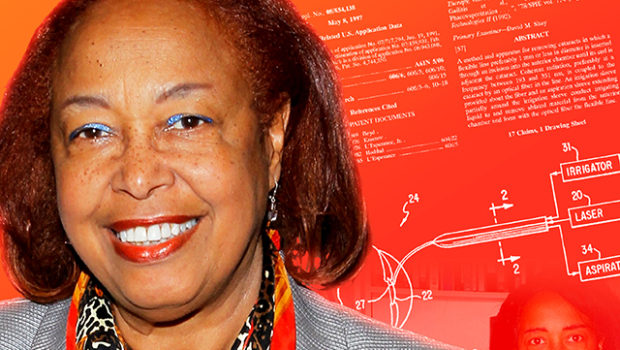
In 1981, Bath began working on her most well-known invention: the Laserphaco Probe (1986). Harnessing laser technology, the device created a less painful and more precise treatment of cataracts. She received a patent for the device in 1988, becoming the first African-American female doctor to receive a patent for a medical purpose.
